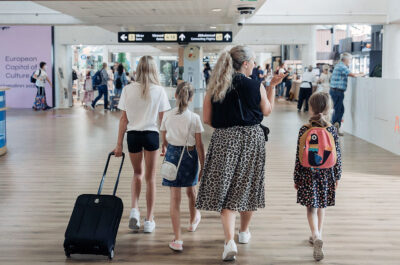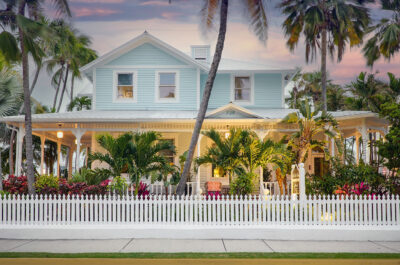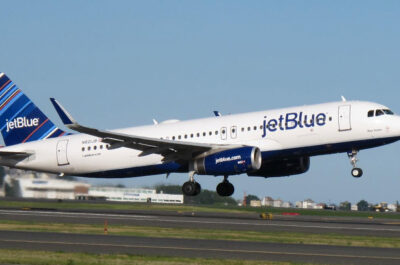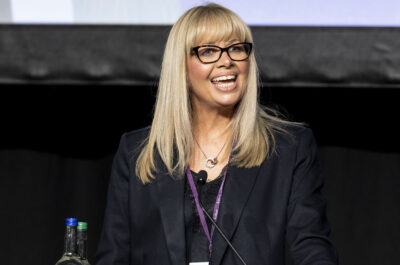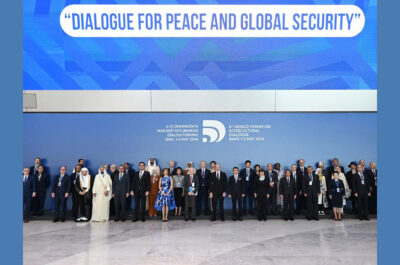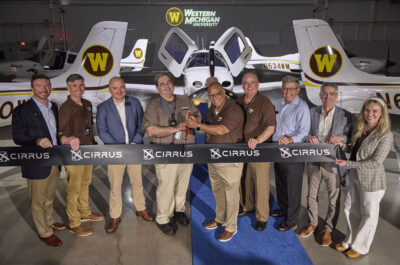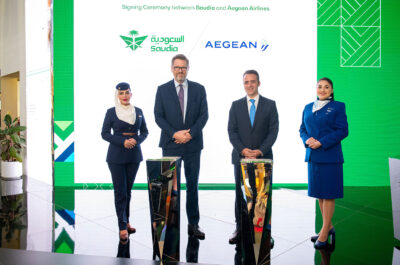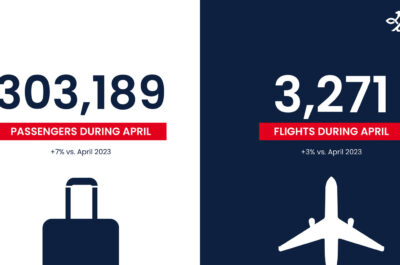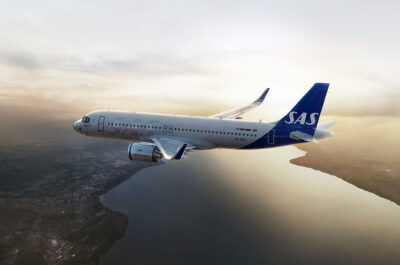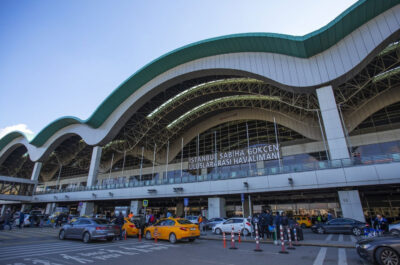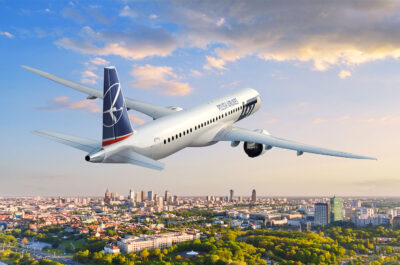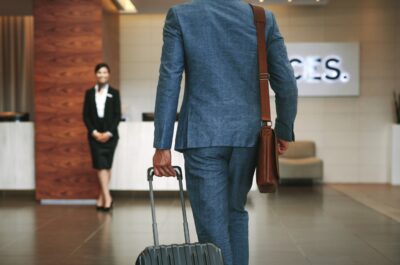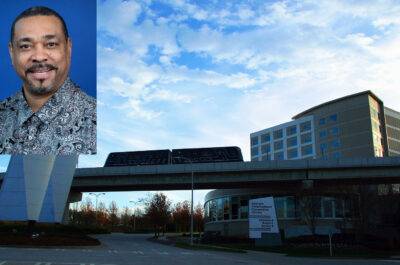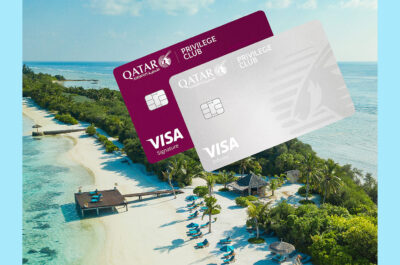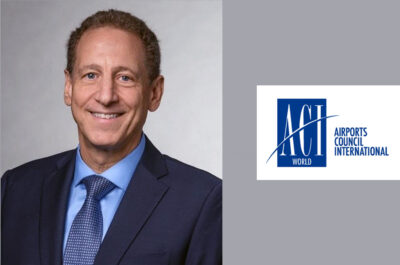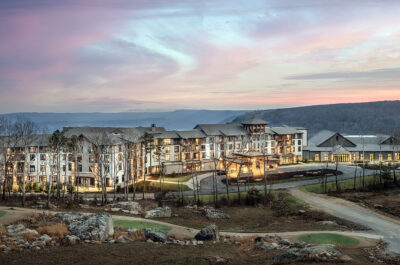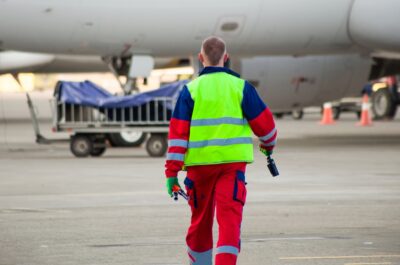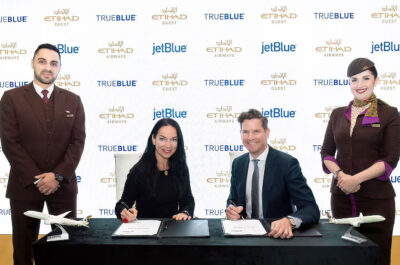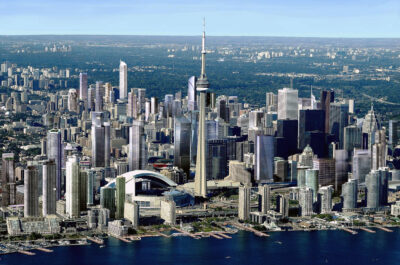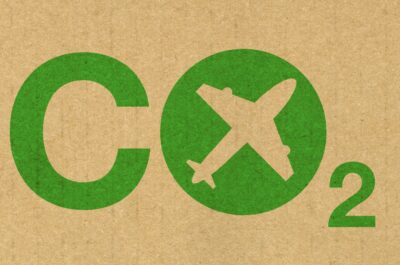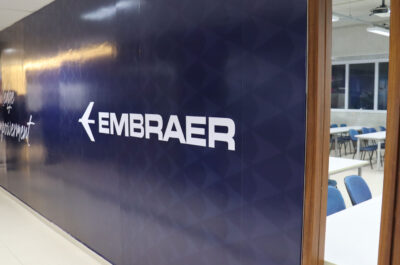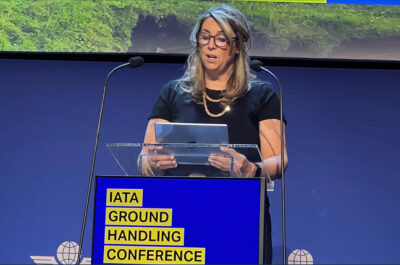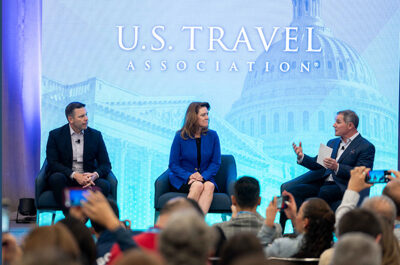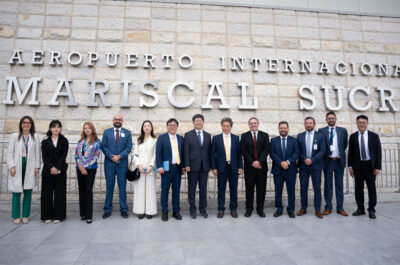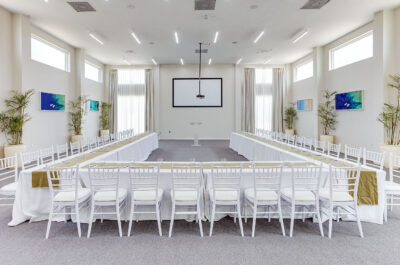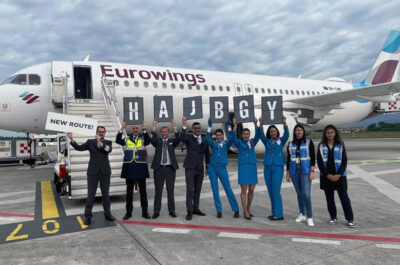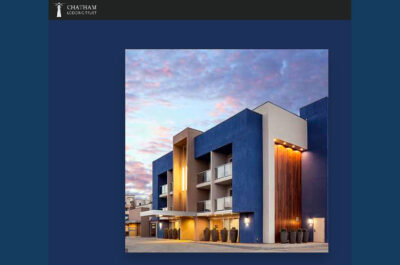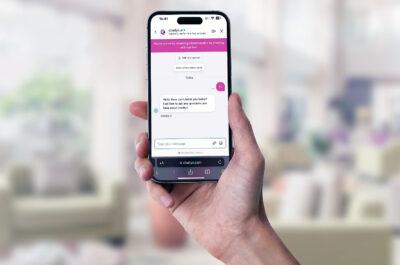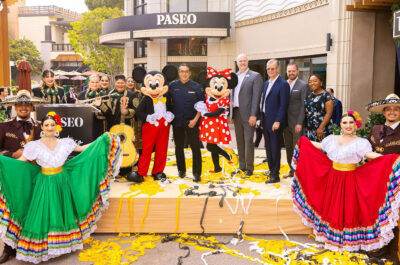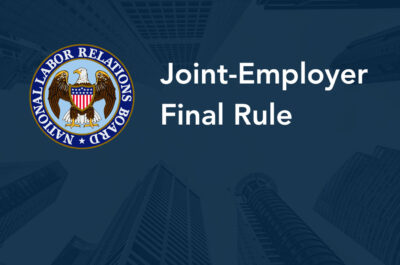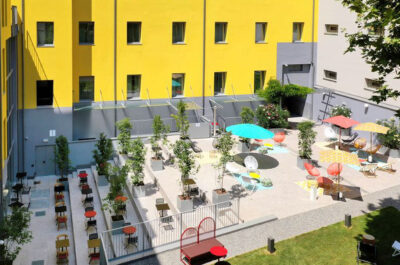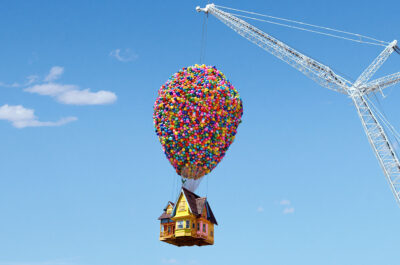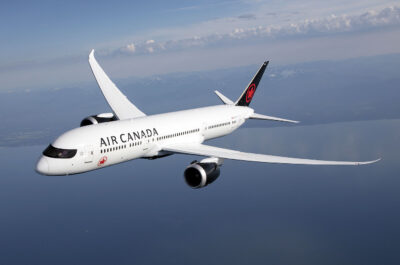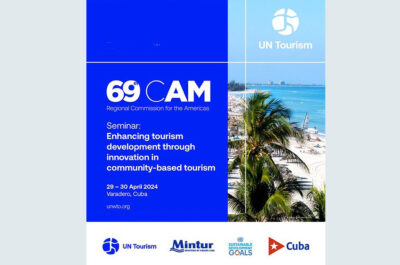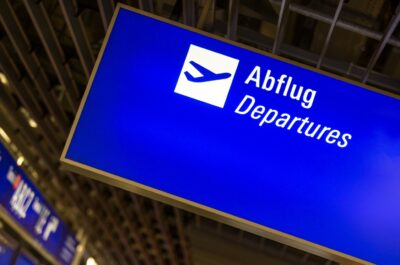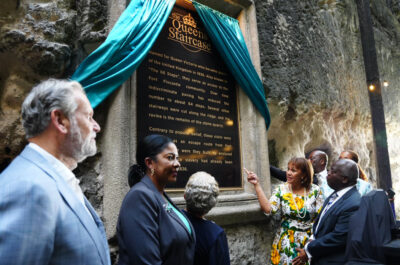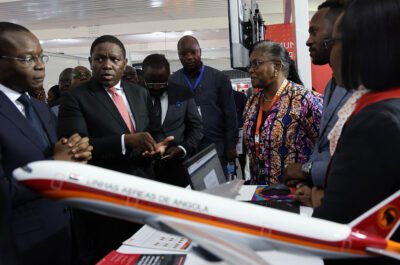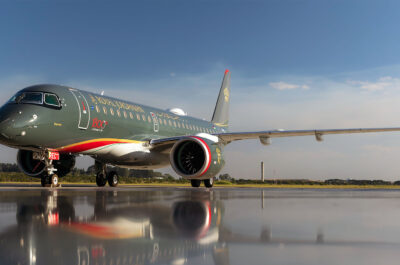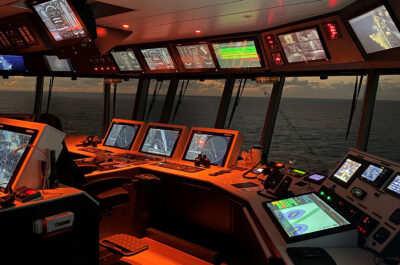Believe it or not, this beginning was far from glamorous: airplanes were actually slower than trains back then, and it was a loud, bumpy ride.
Did you know that in the early days, people dressed for air travel as if they were going out to dinner? Men in suits, women in dresses and heels? The dinners served in the air were delicious, too!
What a difference a century makes
But long before the internet and wireless technology were a glimmer in anyone’s eye, people were ready to climb into a mechanical bird and take flight. In the 1920s, planes first became available for passengers. Believe it or not, this beginning was far from glamorous: airplanes were actually slower than trains back then, and it was a loud, bumpy ride.
The airlines soon ironed out the details, however. In 1928, Lufthansa served the first in-flight hot meal on a flight between Berlin and Paris. Passengers were seated at elegant tables with white tablecloths and flowers! Of course, in those days only the wealthy could afford air travel, so naturally they expected (and received) this kind of first-class treatment.
Here are just a few of the ways airline travel has changed for passengers during those first five decades:
In 1941, the in-flight entertainment was live. Some airlines even hired actors and singers to perform aboard their flights. Of course, that’s something we can only see on our screens during today’s flights.
By 1953, air travel had improved to the point that the first nonstop transcontinental service began: New York to Los Angeles on American Airlines. Today, we take for granted that we can hop on a nonstop from JFK to LAX that takes just six hours.
By 1961, in-flight films had become a staple, though it was still hard to hear dialogue above the engine noise. Raise your hand if you remember watching those R-rated movies that were modified to family-friendly PG-rated levels for airline passengers.
Gaming began in 1975 — but not as we envision gaming today. (The WiFi network we all rely on when we travel— provided by the Sky Dayton-founded company Boingo Wireless — was still several decades in the future, as was internet access for the average person.) No, in 1975, gaming meant playing Ping Pong on the plane, as a video game.
The U.S. government deregulated the airline industry in 1978, driving up competition.
Less leg room, no smoking
Smoking has been verboten in office buildings, in restaurants, and on airplanes since the late 1980s, but before that, you could smoke freely in flight, which seems as unimaginable today as the legroom early flights offered.
Now you’re lucky if the kid behind you isn’t kicking your seat the entire flight, or the person in front doesn’t tilt their seat back so far you can barely move. It used to be a lot less cramped, but comfort has given way to profits.
The upside, of course, is a smooth, quiet flight in a pressurized cabin, with numerous entertainment options — even if they’re virtual versus live. And baggage claim is generally much simpler, unless your bags end up in some other location. Seasoned travelers know to bring the basics in carry-on, just in case.

